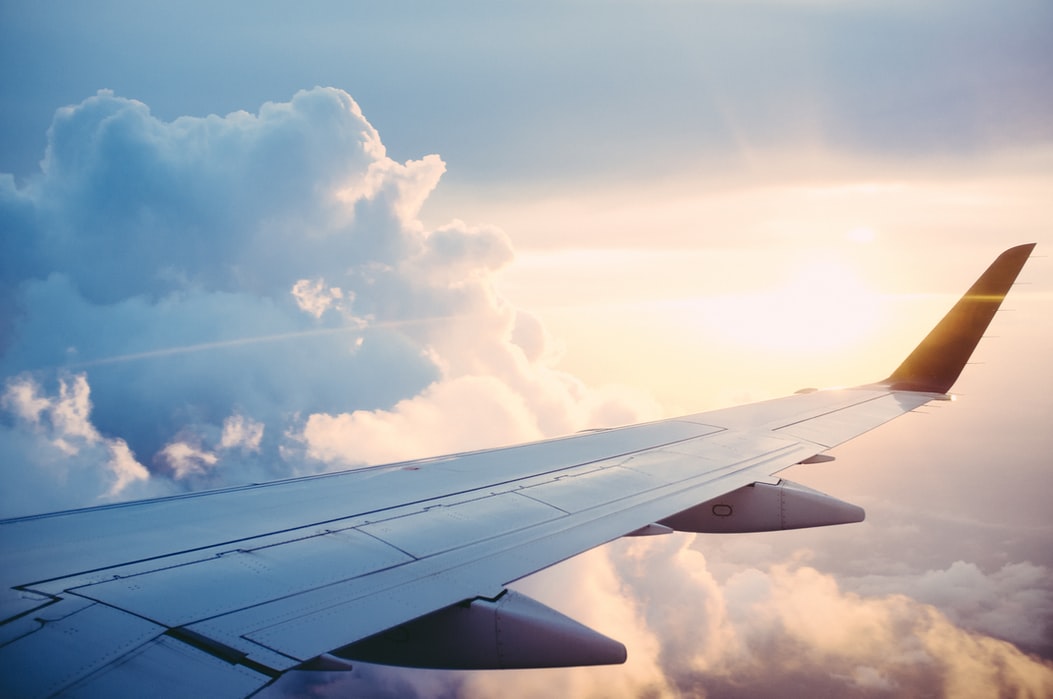Aside from the tourism and hospitality industry, the other sector which experienced the hardest hit during this global pandemic is none other than the aviation industry.
On 14 May 2020, Singapore Airlines (SIA) reported a net loss of $212 million for its latest full financial year ending 31 Mar 2020. This is the first annual net loss for the airline in its 48-year history.
In a bid to save the national airline and generate revenue, the ‘flight to nowhere’ plan was in the pipeline. It was slated to be launched during end October.

The plan was then scrapped following a review, where certain factors such as environmental implications and financial viability were taken into consideration.
For those who are hearing this ‘flight to nowhere’ plan for the first time, here’s a quick summary:
It basically involves the airline’s flights departing from Changi Airport and coming back to the same airport after flying in the air for a few hours, with limited number of passengers onboard.
During the debate in Parliament on 6 October, the topic on whether environmental tax should be imposed on SIA for this ‘flight to nowhere’ plan was discussed.
What is Environmental Tax?
The environmental tax consists of a wide range of legislative charges on businesses and individuals, with the aim to reduce practises which cause damage to the environment.

There are many types of environmental tax, with carbon tax being one example.
So, why is environmental tax a topic of discussion in the Parliament?
Workers’ Party (WP) Member of Parliament, Jamus Lim, posed this question in Parliament as he mentioned that there are ways to support SIA without resorting to flights to nowhere that would impose unnecessary costs on the environment.
Even when this plan isn’t going to be implemented, the issue of environmental tax is still discussed.
According to Mr Lim, he said they “are required to file PQs in advance, and the issue was still pertinent at the time of filing. But more generally, it is worth noting that the idea of recognizing who bears the burden of a tax—the general taxpayer via bailout funds, or a specific segment of society willing to pay for the privilege of a flight while indirectly supporting SIA—is still relevant, regardless of the plan.”
Not the Time Now to Impose Environmental Tax on SIA
In response to Mr Lim’s question, Transport Minister Mr Ong Ye Kung, said it is “not the time now” to be talking about imposing an environmental tax on SIA.
Reason being imposing the tax now will worsen the situation for the airline, which is trying hard to preserve cash and generate revenue at the moment.
Seeking a clarification after Mr Ong’s statement, Mr Lim mentioned that it is “entirely possible” that the tax will not have an immediate concern on SIA’s economic viability if it is able to pass on the cost to consumers for instance.
Mr Lim also asked if more innovative ways can be considered so that environmental needs “need not be a casualty” to business considerations.
To this, Mr Ong replied, “The simple answer is this, we are in a crisis. SIA, as I mentioned, is ferrying 1.5% of its passenger volume so it’s not about passing the cost to passengers – there are no passengers to pass [the tax] to now.”
Mr Ong also added that if it was not SIA’s recent recapitalisation exercise, the company would have gone under.
Mr Ong ended his speech by saying, “When things resume, the international conversation will go on [about] whether there should be an environmental tax.”
Jamus Lim Further Elaborates on Intention in his Facebook Post
Where do you go when you don’t have enough time in Parliament?
Facebook, of course.
With regards to the reason why he proposed the notion of imposing environmental tax on SIA, Mr Lim said in his Facebook post, “I was hoping to spur some creative thinking about how we can help ensure the future viability of our national airline, without compromising the need to pay attention to the environment too. I think such creative thinking is necessary to ensure that we don’t spend our hard-earned reserves in an unwise fashion.”
You can read his post here.
What Have Been Done so Far to Save the Aviation Industry
Several measures have been implemented in a bid to revive the ailing industry.
Some of these measures include pursuing more green lane arrangements with other countries and negotiating air travel bubbles with countries whose COVID-19 infection rates are low.
Existing partnering countries for the green land arrangements are Brunei, China, Japan, Malaysia, and South Korea.
This arrangement involves allowing a small group of essential business and official travellers into the country. They will be subjected to pre-departure and on-arrival COVID-19 tests to ensure that they do not carry the virus.
The travellers’ will have controlled itineraries to minimize the risk of community spread.
As for air travel bubbles, they are for general travellers. They do not have requirements for a controlled itinerary.
The air travel bubbles are only established with safe countries and regions, where the risk can be further managed by setting a quota on the number of travellers per day and ensuring that everyone abides by COVID-19 test protocols.
And as for SIA, well, they’ve now SIA Food. Sort of.




